Egypt’s Ministry of Tourism and Antiquities on Sunday reopened the Imhotep Museum in Saqqara after a 21-month closure for renovation.
Minister Ahmed Issa said that this renovation aims at improving the tourist experience there.
He added that the ministry’s Supreme Council of Antiquities (SCA) funded the restoration at a total cost of LE48 million.
Imhotep (c. 27th century BC) was a sage, a physician and an astronomer, who is best known as the architect of King Djoser’s Step Pyramid at Saqqara.
The museum was first opened in 2006.
SCA Secretary General Mostafa Waziry said the renovation includes the addition of new artefacts recently discovered in Saqqara by the Egyptian mission.
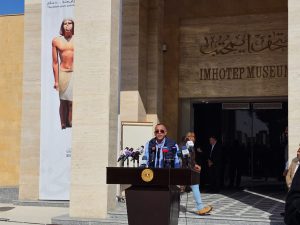
The Bubastion cemetery, a Ptolemaic and Roman temple complex dedicated to Bastet in the cliff face of the desert boundary of Saqqara yielded mummified mongoose, crocodiles and cats.
In addition to establishing cafeterias, bathrooms and upgrading the lighting system.
The museum, which covers 1500 square metres, comprises six halls where 286 artefacts are on display in 27 showcases.
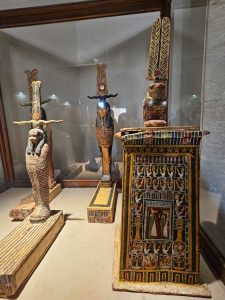
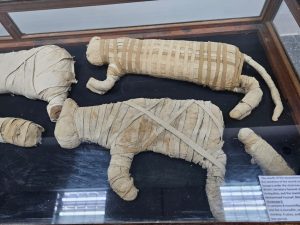
Waziry said that what made this museum unique is that it includes the oldest royal mummy ever for King Merenre I (ca. 2297-2292 BC), the fourth king of the 6th Dynasty (c. 2325–c. 2150 BC).
The oldest collection of bronze surgical instruments dating back to 4,400 BC is also on display.
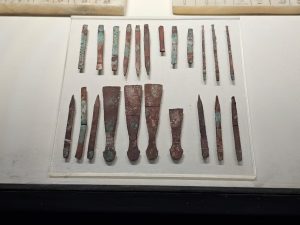
The first hall contains a rare painted limestone statue base of the King Djoser of the 3rd Dynasty, Old Kingdom 2600 BC, which the titles of engineer and doctor Imhotep.
The second hall is the library with books, periodicals and publications on archaeology in addition to handwritten manuscripts of French architect and Egyptologist Jean-Philippe Lauer (1902-2001) about his work at Saqqara.
Lauer spent 75 years in Saqqara to uncover the pyramid group of King Djoser.
The third hall contains the most important models of architectural elements in the Djoser pyramid complex.
The fourth is about Saqqara Tombs, which contains the most important possessions of the kings of the Fifth and Sixth Dynasties.
The Fifth Hall is called the Saqqara Pattern Hall. It contains a number of vessels of different shapes and sizes, which were discovered inside the pyramid of King Djoser and some kings of the Second Dynasty. It also contains the most important wooden and stone sculptures of senior officials.
The last hall is the Missions Hall. It displays the most important artefacts excavated by Egyptian and foreign missions that worked in Saqqara.
A film about the archaeological importance of Saqqara is shown in a separate room.
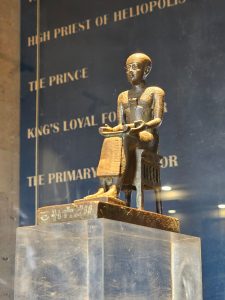
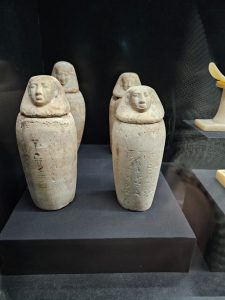
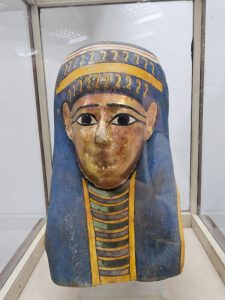
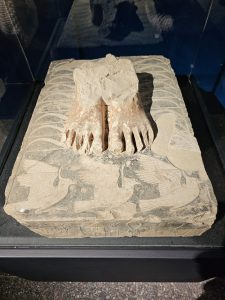
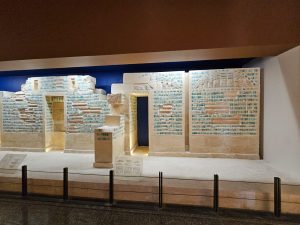
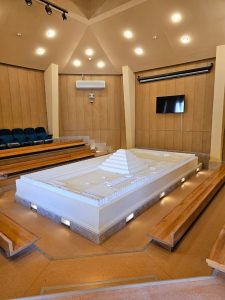



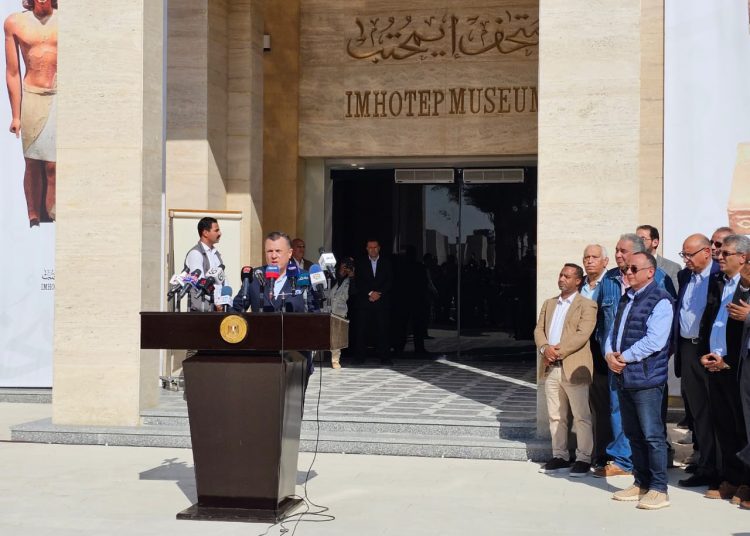


Discussion about this post